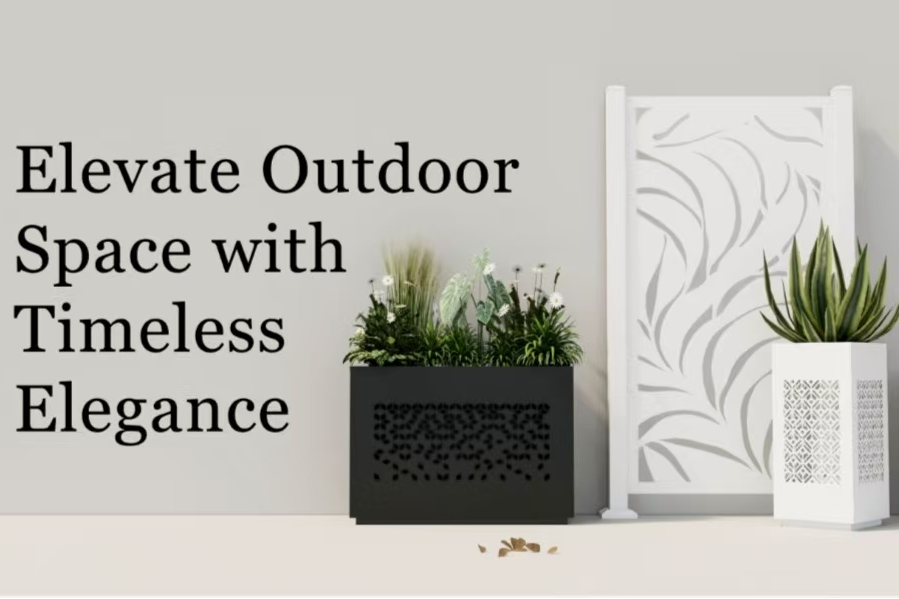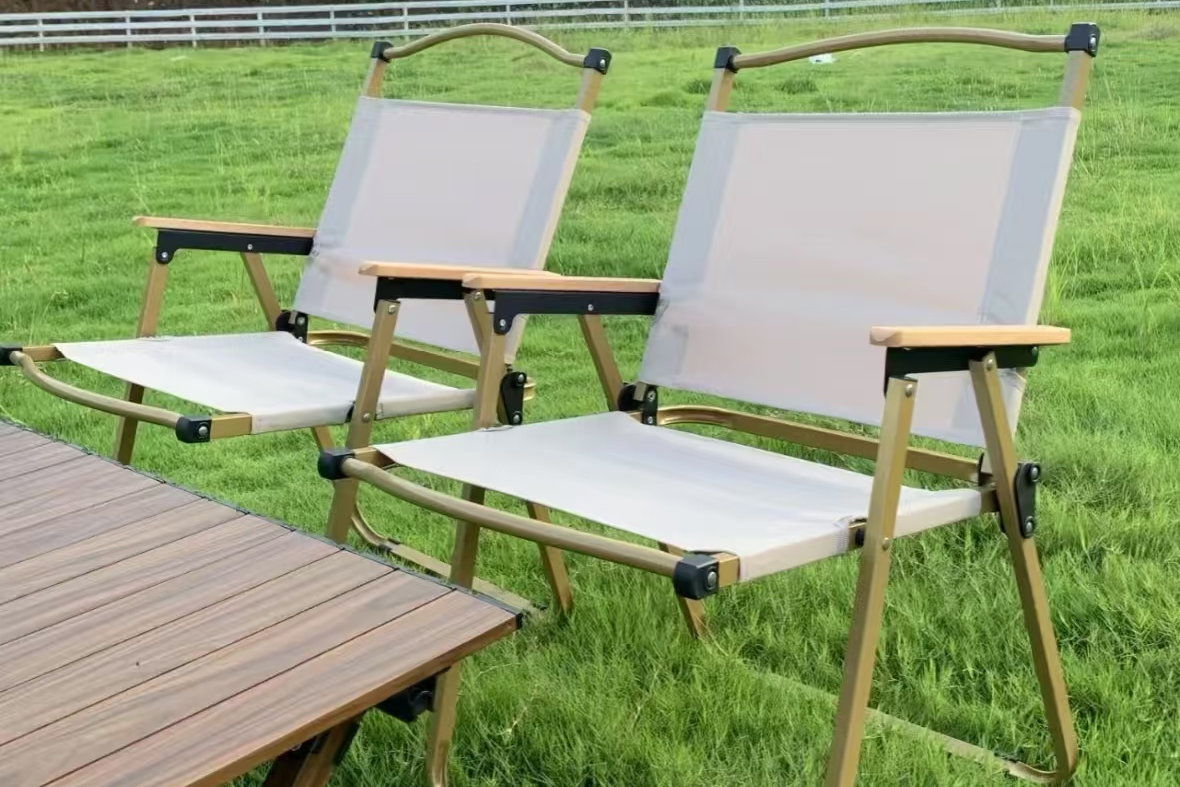
7 Common Mistakes to Avoid When Using a Planting Box
2025-11-12
Using a planting box is one of the easiest ways to bring greenery into your life — whether you have a big backyard, a small balcony, or just a sunny window. It’s clean, compact, and flexible. However, many people run into the same problems that stop their plants from thriving.
In our previous blogs, we talked about indoor planting and watering techniques. Now, let’s take it one step further and look at the most common mistakes you should avoid when using a planting box, so your plants can grow strong and healthy all year long.
1. Overwatering the Plants
This is the #1 mistake every new gardener makes.
Plant roots need oxygen just as much as they need water. When you overwater, the roots can’t breathe, leading to rot and eventually dead plants.
A good rule of thumb? Touch the soil before watering. If it still feels damp, skip it for a day or two. Remember, it’s easier to add water than to fix root rot later.
2. Ignoring Drainage
No matter how nice your planting box looks, if it doesn’t have drainage holes, your plants are in trouble.
Without proper drainage, water collects at the bottom and creates a soggy mess.
Make sure your box has at least a few small holes, and if you’re using it indoors, place a tray underneath to catch excess water. That’s a simple fix that saves a lot of headaches.
3. Using the Wrong Soil
Many people think any soil will do, but planting box setups need lightweight, well-draining soil mixes — not the heavy garden soil you dig up from the yard.
You can buy potting mix designed for containers or create your own blend with peat moss, perlite, and compost. This helps your plants get enough air and nutrients without becoming compacted.
4. Forgetting About Sunlight
Even the best soil and water balance won’t matter if your plants aren’t getting enough light.
Different plants need different amounts of sunlight — some love full sun, while others prefer partial shade.
If your planting box is indoors, place it near a bright window. For outdoor boxes, rotate them occasionally so all sides of the plants get equal exposure.
5. Overcrowding the Plants
We know — it’s tempting to fill your planting box with as many plants as possible. But overcrowding means your plants compete for water, nutrients, and space.
Instead, check each plant’s recommended spacing before planting. Giving them enough room will help them grow fuller and stronger. Sometimes, less really is more.
6. Skipping Fertilization
Planting boxes have limited soil, so nutrients get used up faster than in open ground.
If you forget to fertilize, your plants may start looking pale or stop growing.
Use a slow-release fertilizer once every few months, or a liquid fertilizer every two weeks during the growing season. Just don’t overdo it — too much fertilizer can burn the roots.
7. Not Adjusting to Seasons
Plants in boxes react faster to weather changes. During hot summer days, soil dries out quickly, while in winter, it may stay wet for too long.
Adjust your watering and fertilizing routine with the seasons. In cold weather, reduce watering and move your planting box to a sheltered area if possible. In summer, provide extra shade and water early in the morning.
That’s the real secret — observe and adapt.
Avoiding these common mistakes is the key to having a thriving planting box, whether you grow flowers, herbs, or vegetables.
A bit of planning, the right soil, and consistent care will make your plants flourish beautifully.
If you’ve read our previous blogs about watering and indoor planting, you’ll see how these steps connect — each part of plant care builds on the other. Once you master these basics, you’ll enjoy the beauty and peace of growing your own little green space.
Recent Posts

2025-11-05
Can Planting Boxes Be Used Indoors?



